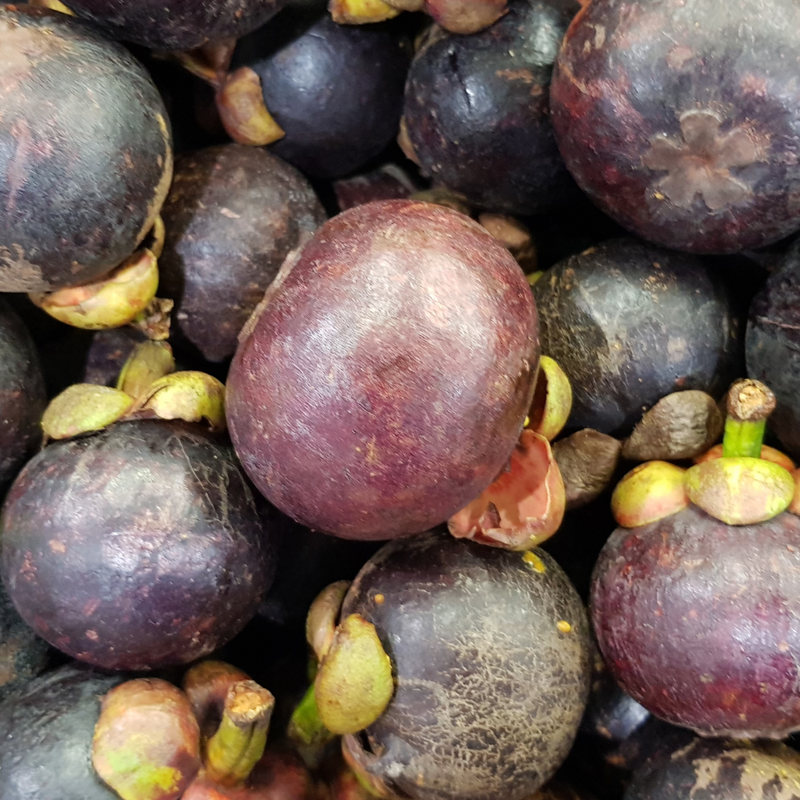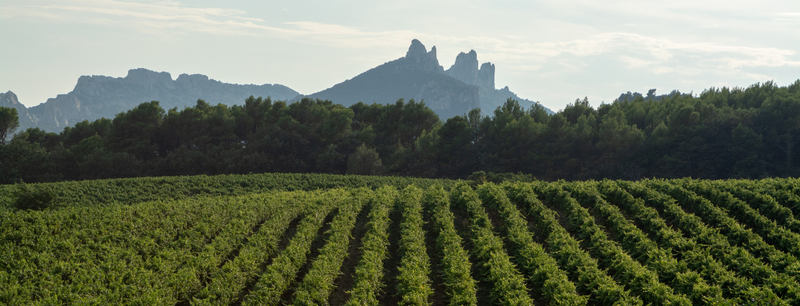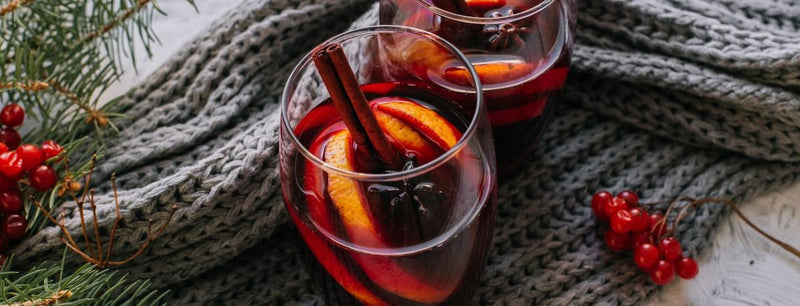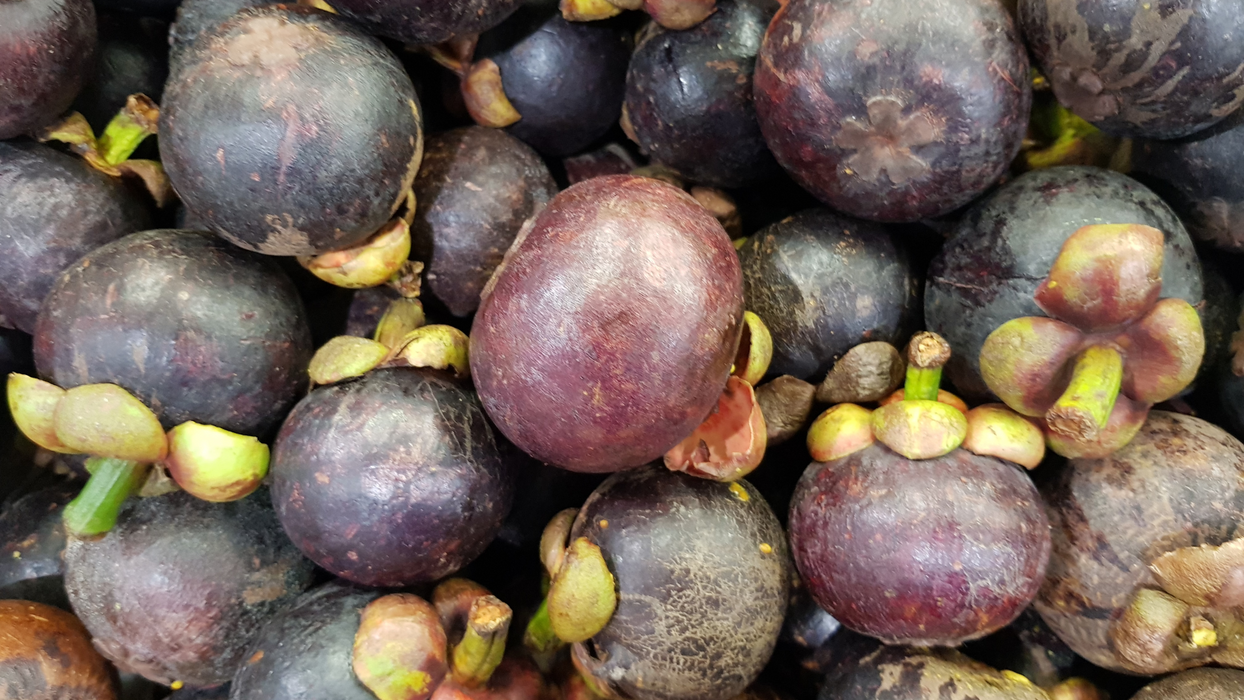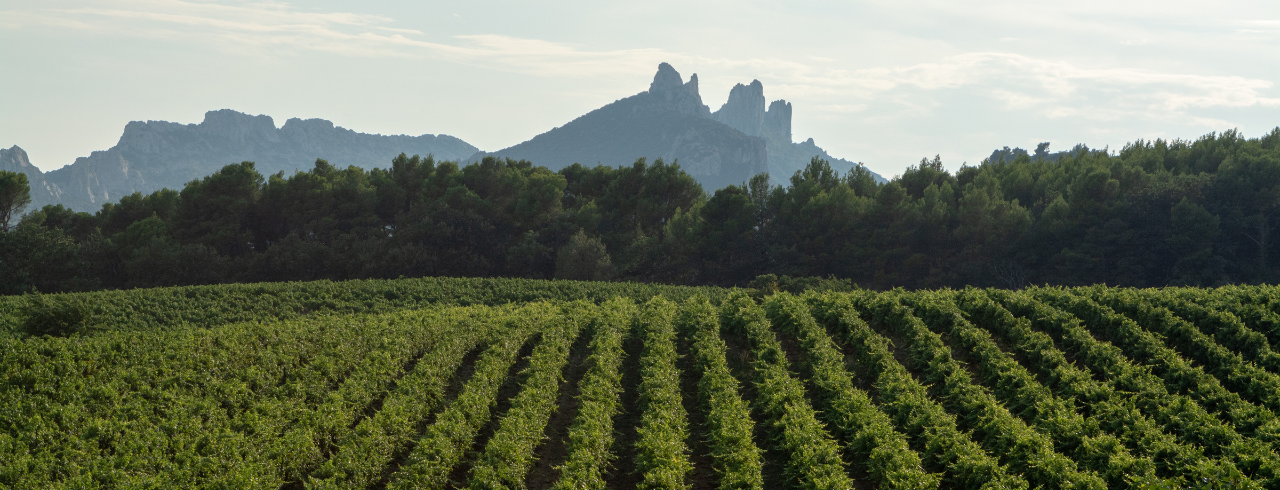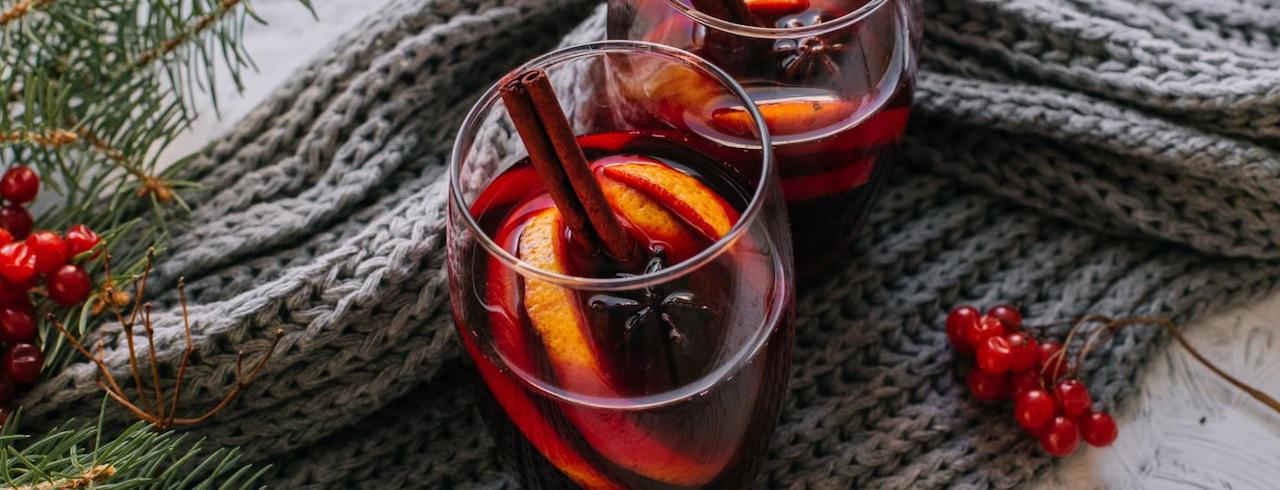
10 Fun Facts About White Wine
Though white wine might appear to be the simple, unassuming sibling of a tannin-rich and alcohol-heavy red, the lightest member of the wine family certainly packs a delicious punch.
It is endlessly refreshing, delightfully crisp, and brightly acidic. A bottle of white can set the mood for a warm summer’s evening or serve as the perfect companion to your fresh salad, light pasta, or favorite seafood.
Hailing from Old World regions like France or Germany and New World hotspots such as New Zealand or Napa Valley, white wines encapsulate the best grapes, flavors, and aromas the world has to offer.
Whether you prefer an oaked Chardonnay, a dry Pinot Grigio, or a sweet Moscato, there is always more to learn about the cultivation, production, and enjoyment of your favorite whites.
To bring you one step closer to sommelier-level expertise, we proudly present Wine Insiders’ 10 Fun Facts About White Wine:

1.There Are Seven Primary Types of White Wine
While there are numerous types of white wine, you’ll usually find seven main varieties on sites like Wine Insiders:
- Chardonnay
- Sauvignon Blanc
- Pinot Grigio
- Riesling
- Moscato
- Gewürztraminer
- Viognier
2. White Wine Is Less Tannic Than Red
Among some wine drinkers, tannins can be a controversial topic.
The drying sensation of a tannin-heavy wine is an essential part of an authentic vino experience for many. For others, particularly those new to wine, high tannin levels are an unwanted feature of any varietal or blend.
If you find yourself in this latter category, don’t worry! We all have different tastes, and your preferences lend themselves perfectly to the world of white wine:
Unlike red wine grapes, which remain in contact with their skin for the entirety of the fermentation process, white wine grapes never make contact with their skin -- the home of tannins -- during production.
This crucial difference in fermentation explains why white wines have far fewer tannins than reds, accounting for the easy-drinking, refreshing experience of a bottle of white.
3. Some White Wines Come From Red Grapes
Though white wine production separates grape from the skin, this does not mean that all whites originate from white grapes. In fact, some white wines derive from red grapes:
While it’s easy to assume winemakers match a grape’s color with its corresponding type of wine, this rule only applies to red wines. To the surprise of many, it is the contact between grape and skin that makes wine red. Without it, all varietals and blends would be white.
As you might still assume, the vast majority of white wines do come from white grapes, but blanco or bianco (white in Spanish and Italian) varietals of Cabernet and Sangiovese are among the famous examples of white wines derived from red grapes.
4. White Wines Usually Contain Less Alcohol Than Reds
When measuring the amount of alcohol in a beverage, the global standard is called “ABV,” or Alcohol by Volume.
In comparing white and red wines, it quickly becomes apparent that most reds have a higher ABV than their white siblings, and the reason why is quite clear:
With intense tannins providing their strong structure, red wines can support higher alcohol contents without sacrificing their trademark taste and drying sensation.
Conversely, white wines rely on acidity for structure, not tannins.
Since wines with high acidity pair best with lower alcohol levels, wine growers pick their white grapes early (when acidity is still high), and winemakers are careful not to infuse too much alcohol into white varietals and blends.
5. Most White Wines Have Fewer Calories Than Reds
If you’re interested in wine nutrition, here’s a fun fact for you: white wines (often) have fewer calories than reds.
Most whites, particularly those with lower alcohol contents, fall in the range of 107-143 calories per six-ounce serving. In comparison, most red wines fall into the range of 135-195 calories per serving, with red dessert wines stretching as high as 275 calories/serving.
However, it’s important to note that sweet white wines have far higher calorie counts than your average bottle of white. For example, high-sugar whites such as Moscato or Gewürztraminer typically pack 177-213 calories per serving.
6. White Wines Darken in Color As They Age
Unlike reds, which lose color and “pale” over time, white wines often develop darker pigments and hues.
These color changes occur due to oxidation, which, given enough time, can turn even the darkest reds and the lightest whites into a brownish, amber color.
A good parallel for an oxidized bottle of wine is a cut apple or an exposed banana. Just like these fruits change color upon exposure to oxygen, a bottle of wine eventually loses its primary shade -- even if you never open it.
7. White Varietals Thrive Between 45-60 ˚F
With its higher acidity levels, white wine requires cooler storage and serving temperatures to ensure maximum flavor.
Light, fruity whites, such as Pinot Grigio and Sauvignon Blanc, taste best when chilled to 45–50°F, as this range highlights their bright acidity and fruit flavors.
Medium to full-bodied whites, such as a Chardonnay or Moscato, require less chilling before service. For these types of wines, 50–60°F is ideal for the ultimate drinking experience.
8. White Wines Pair Best With Light Meals
If you’re looking to pair your favorite bottle white with a yummy snack or meal, your best bet is a light meal.
Some foods that pair excellently with white wine include:
- Poultry
- Seafood
- Cheese
- Salad
- Light Pasta and Bread
9. Chardonnay Is The World’s Most Purchased White Wine
If you’ve ever been wine tasting, you’ve likely sampled a delicious glass of Chardonnay. If so, you are not alone: Chardonnay is the most popular white varietal in the world.
Originally hailing from the much-celebrated region of Burgundy, France, Chardonnay remains endlessly popular with vineyards and drinkers alike, but for different reasons:
Wine producers love Chardonnay because it’s easy to grow and reliably profitable. These factors explain why California vineyards devote over 90,000 acres of land to this varietal alone, nearly 500% more than any other grape.
Chardonnay is a classic for drinkers because it offers a unique combination of reliable, high-quality taste and surprising versatility. While there are Chardonnay hallmarks (such as its fruity flavors and moderate acidity), what makes this varietal so unique is how it embraces its growing region's distinctiveness.
Chardonnays from warmer climates offer subtle notes of summery flavor and tropical aromas. At the same time, those from cooler regions present the palate with brighter acidity, citrus tastes, and a light, elegant body
10. White Wines Can Produce Fewer Hangovers Than Reds
Though white wines aren’t hangover-proof, they are much less likely to lead to the infamous hangover associated with red wines.
Most red wines are high in alcohol and tannins, two main factors that contribute to a nasty morning post-drinking. They also contain more congeners (chemicals that give alcohol its color), like methanol, which can also worsen hangovers.
Wine Insiders: Your Home For White Wine
Now that you’re a budding white wine expert, it’s time to explore the wide range of delicious varietals and blends that Wine Insiders has to offer!
Whether you’re looking for an exciting new bottle or hoping to reconnect with an old favorite, our lovingly curated selection will help you find the perfect wine bottle(s) to pair with every meal and occasion you can imagine.
For more information about food and wine, storage, and more, check out our Essential Wines Guide!

